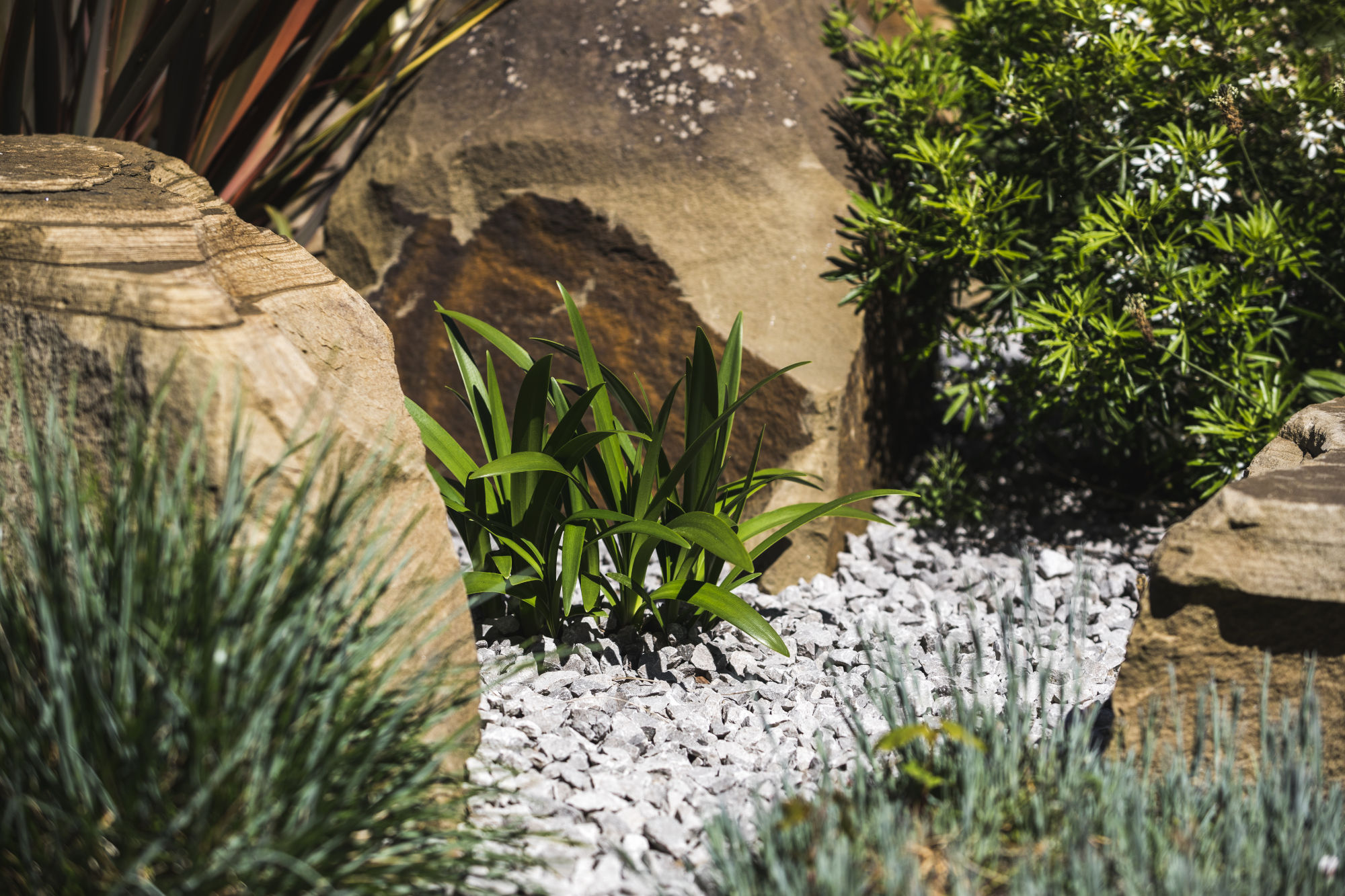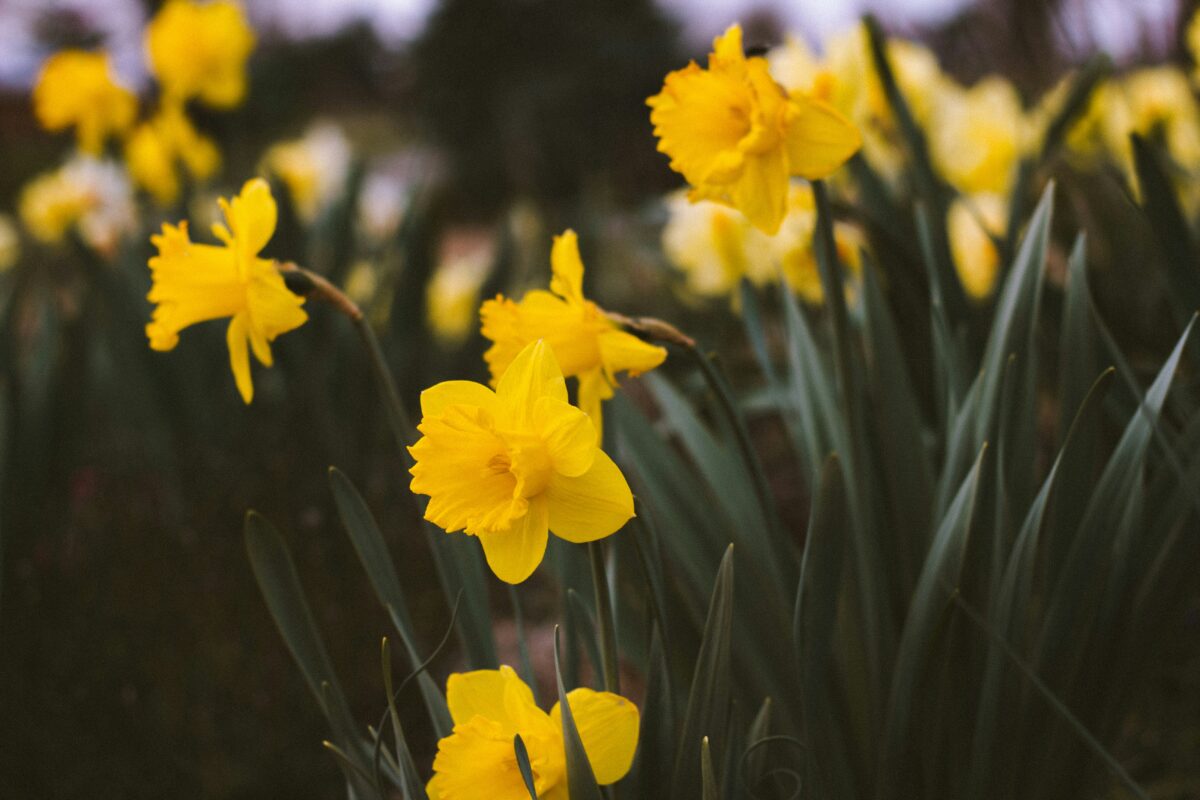
Blind Daffodils
Blind Daffodils Newly planted daffodils usually grow and flower well initially, but subsequent flowering may be reduced or fail despite healthy, numerous leaves. Daffodils’ with foliage but no flowers are therefore known as ‘blind’. Causes of Blind Daffodils Dry situations: Water bulbs thoroughly after flowering until the foliage begins to turn pale. Apply a mulch … Continue reading “Blind Daffodils”
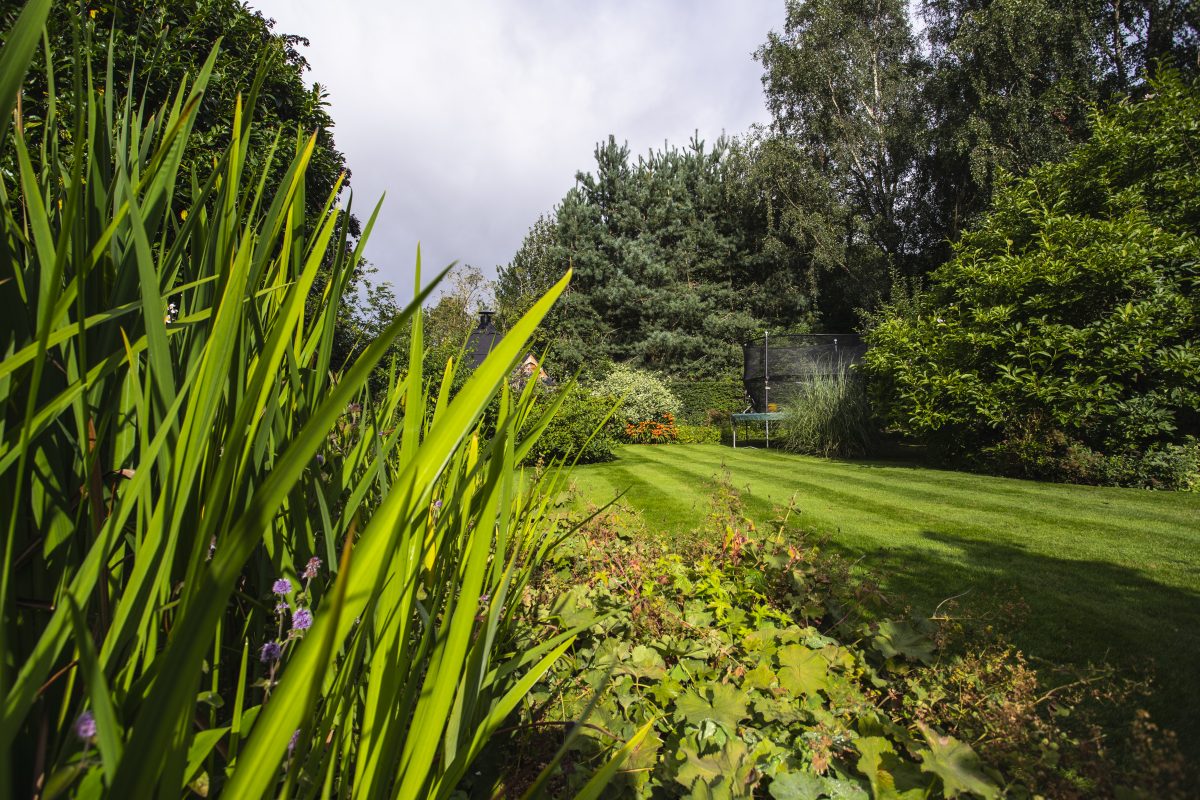
Viburnum Beetle Update
Viburnum Beetle Update The viburnum beetle feeds on the foliage of some viburnum species; the larva causes extensive defoliation in spring. The beetle’s eggs are laid in young stems and hatch in April and early May. The creamy black larvae eat holes in the new foliage and by June the foliage can be severely damaged. … Continue reading “Viburnum Beetle Update”
French Beans
French Beans French beans are easier to grow compared to native beans and are one of the freshest tastes of summer. They are also pest and disease free so are able to bumper yields in limited spaces. Cultivar choice Make good use of vertical space by choosing climbing selections or if space is limited, pick … Continue reading “French Beans”
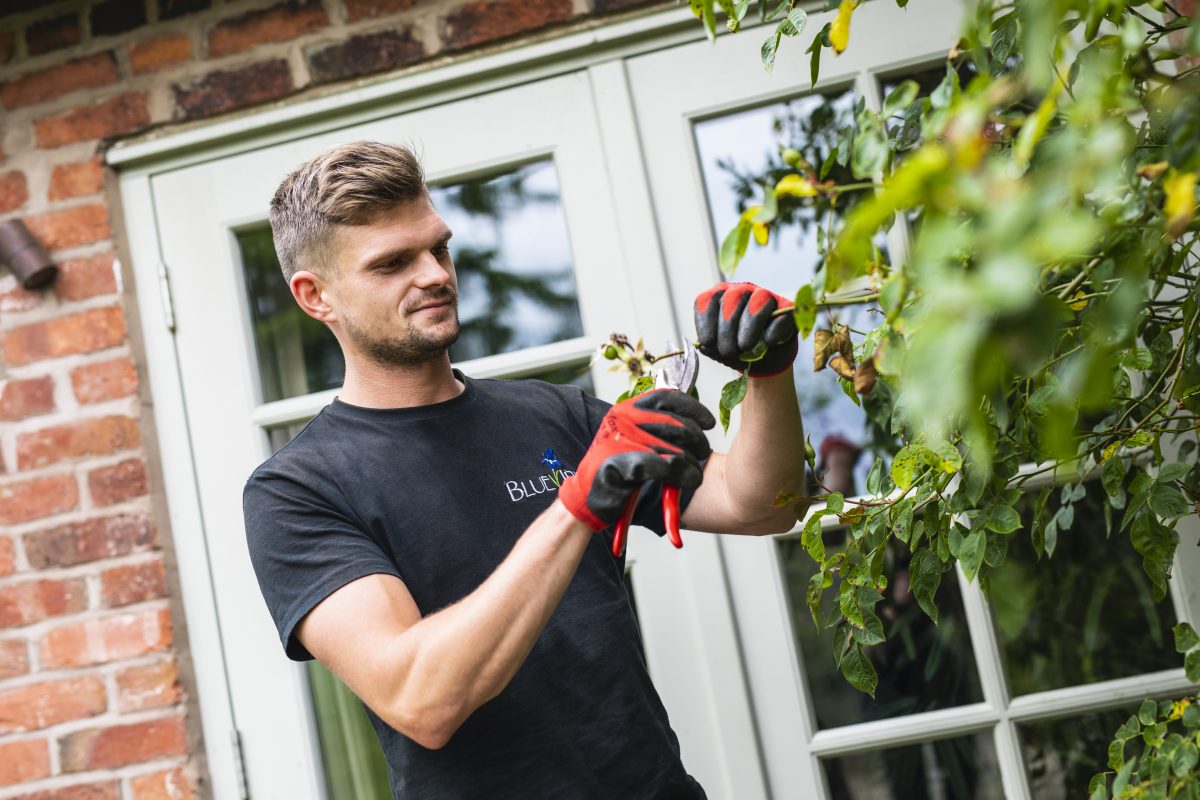
CRB Checked Gardeners
CRB Checked Gardeners Most gardens, whether they are private or commercial are in need of attention around this time. You may be an organisation that is looking for a gardener, to help tidy your grounds up. However in today’s society, many are worried about whom they are employing, wondering what their background is like, especially … Continue reading “CRB Checked Gardeners”

RHS Advice on Winter Flowering Clematis
RHS Advice on Winter Flowering Clematis Pruning of Clematis A number of clematis species and cultivars flower in winter. The key to pruning all clematis types is knowing when to prune them at the correct time, to do this it is important that we understand the flowering habit and pattern of the clematis. Those that … Continue reading “RHS Advice on Winter Flowering Clematis”
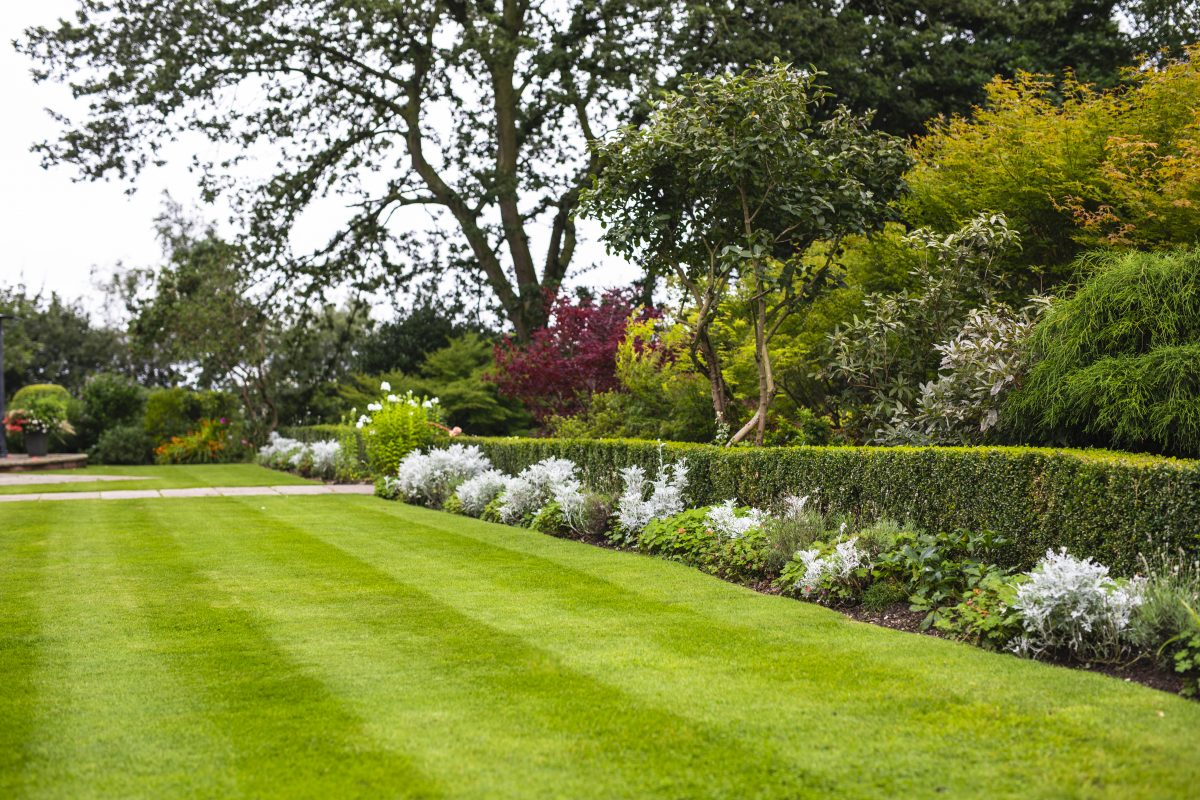
How to get the best from Bedding-Plant Seedlings
How to Get the Best From Bedding-Plant Seedlings Knowing how to plant seedlings and how to get the best from the bedding plants is important for a gardener. Blue Iris Landscapes hope this little article will help with any queries you may have. If you require any more information or have further questions then please … Continue reading “How to get the best from Bedding-Plant Seedlings”
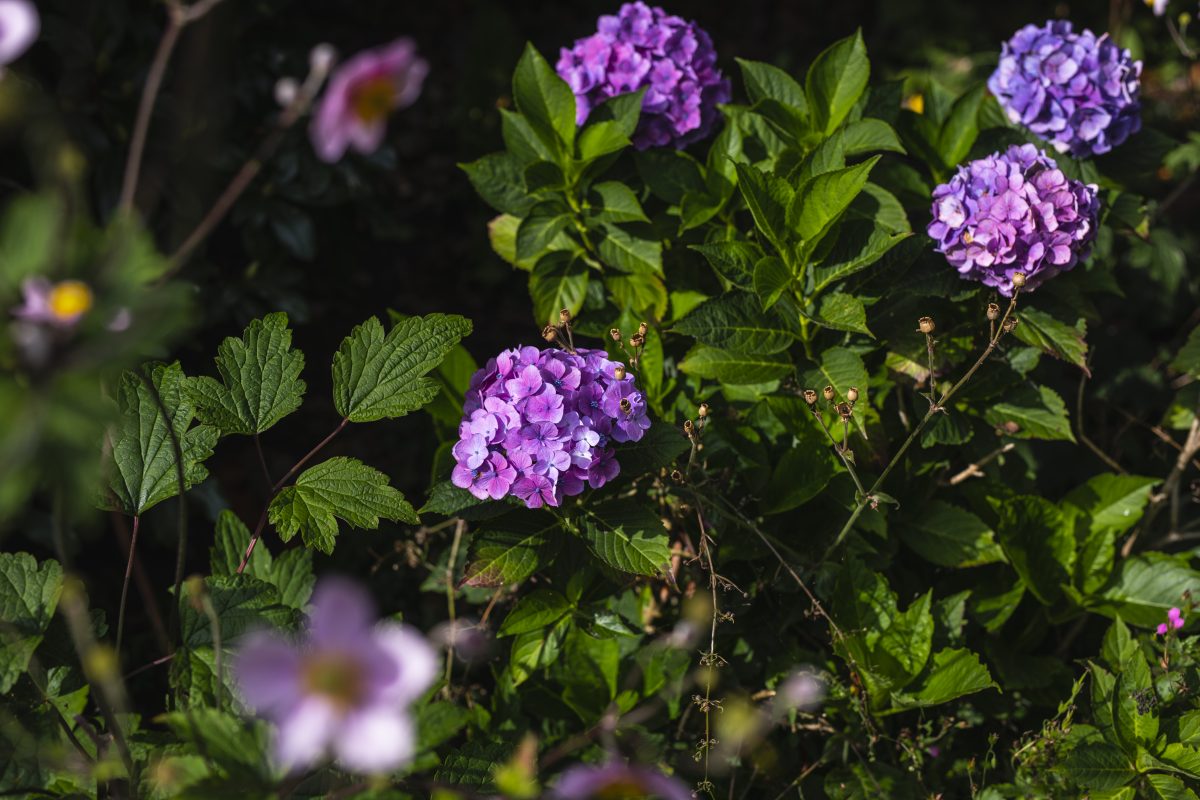
Smoke-Treating Seeds
Smoke-Treating Seeds Smoke-treating seeds can mean that you are able to have plants in your garden that are commonly found in South Africa and Australia. As you may be aware many plants native to regions prone to frequent wildfires, such as the fynobos in South Africa and kwongan in Australia produce seeds that may … Continue reading “Smoke-Treating Seeds”

A Balanced Diet for a Healthy Soil
A Balanced Diet For a Healthy Soil Most soil samples tested are rich in the nutrients tested for; Phosphorus, Potassium, and magnesium. This is a good sign of healthy soil. The exception, however, is sandy soil. This is because potassium and magnesium tend to be washed out. Phosphorus tends to build up in soil over … Continue reading “A Balanced Diet for a Healthy Soil”
Top Gardening Jobs for January
Top Jobs this month Prune birches and maples, to avoid problems with bleeding as the sap starts to rise very early in these trees. Check stored fruit and vegetables, plus corms and tubers from ornamentals, such as gladioli and dahlias. Dispose of any that are showing signs of pests or diseases and try to improve … Continue reading “Top Gardening Jobs for January”
Growing Salad and Rhubarb
Baby Salad Leaves If you have any tiny beetroot, too small to eat when you lift them, tidy them up by cutting off the tops Leaving about ½ inch on the root. Then plant them in pots and put in the windowsill, or anywhere light and warm, and water often. They will begin to sprout … Continue reading “Growing Salad and Rhubarb”
